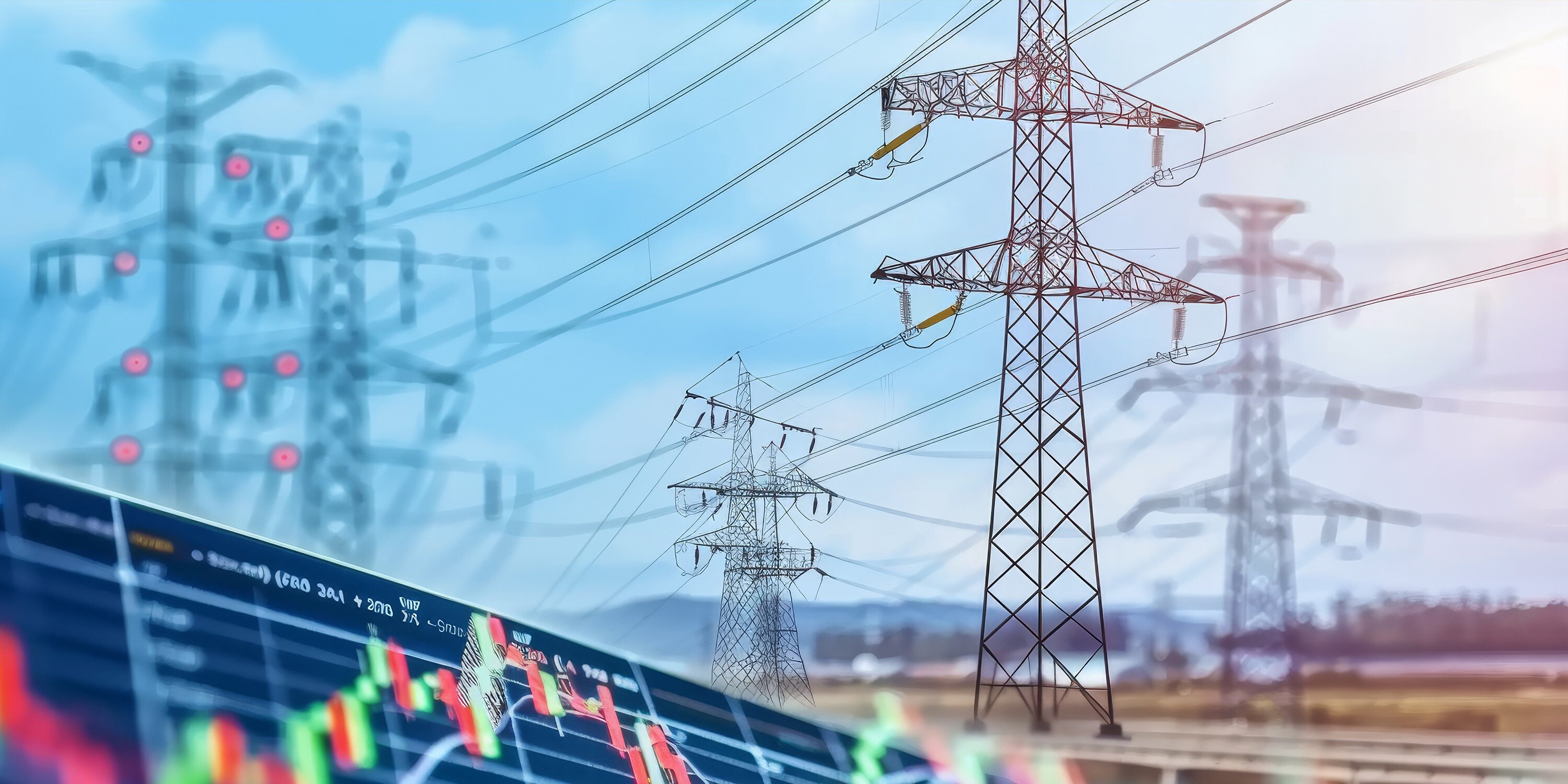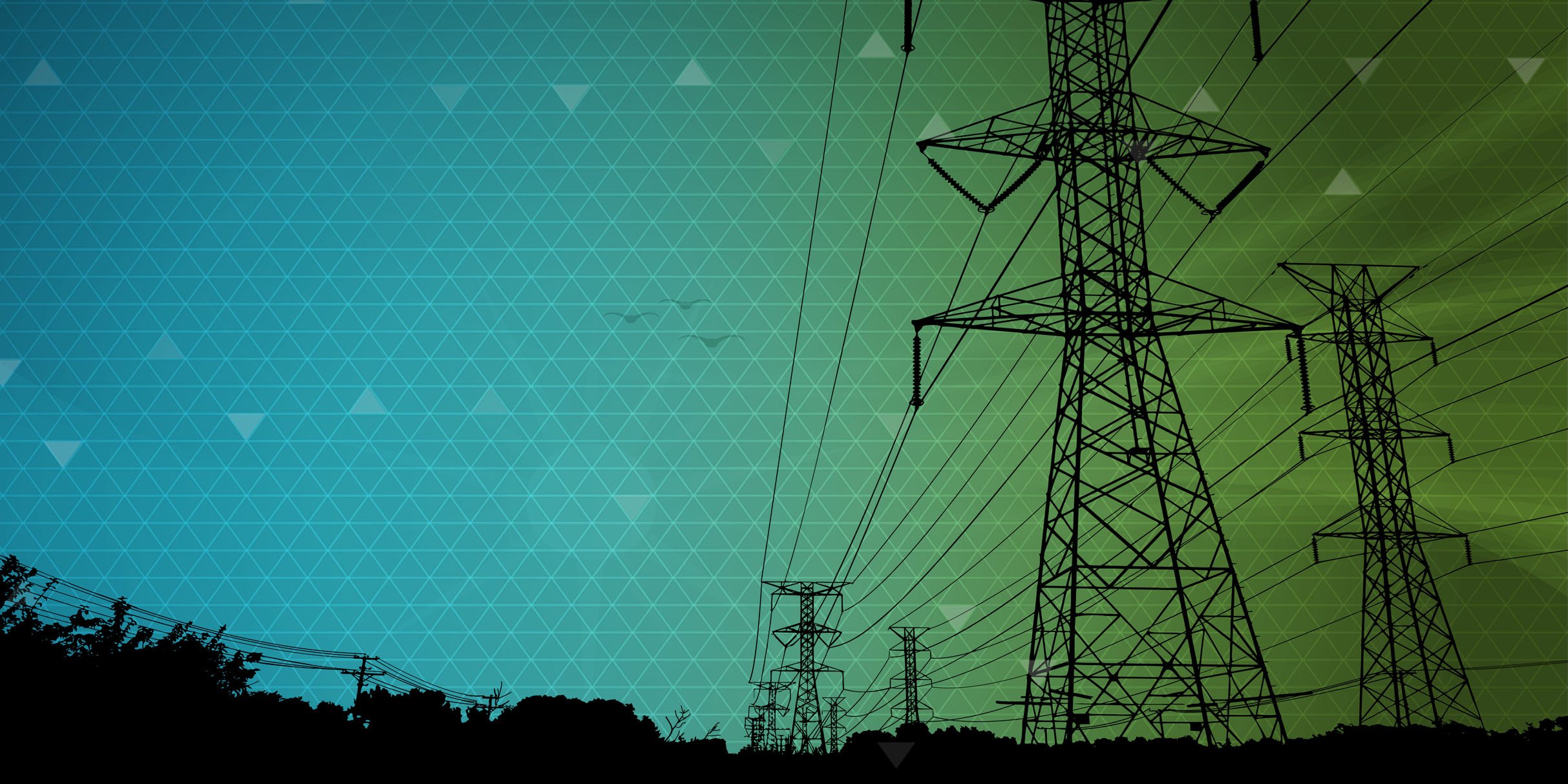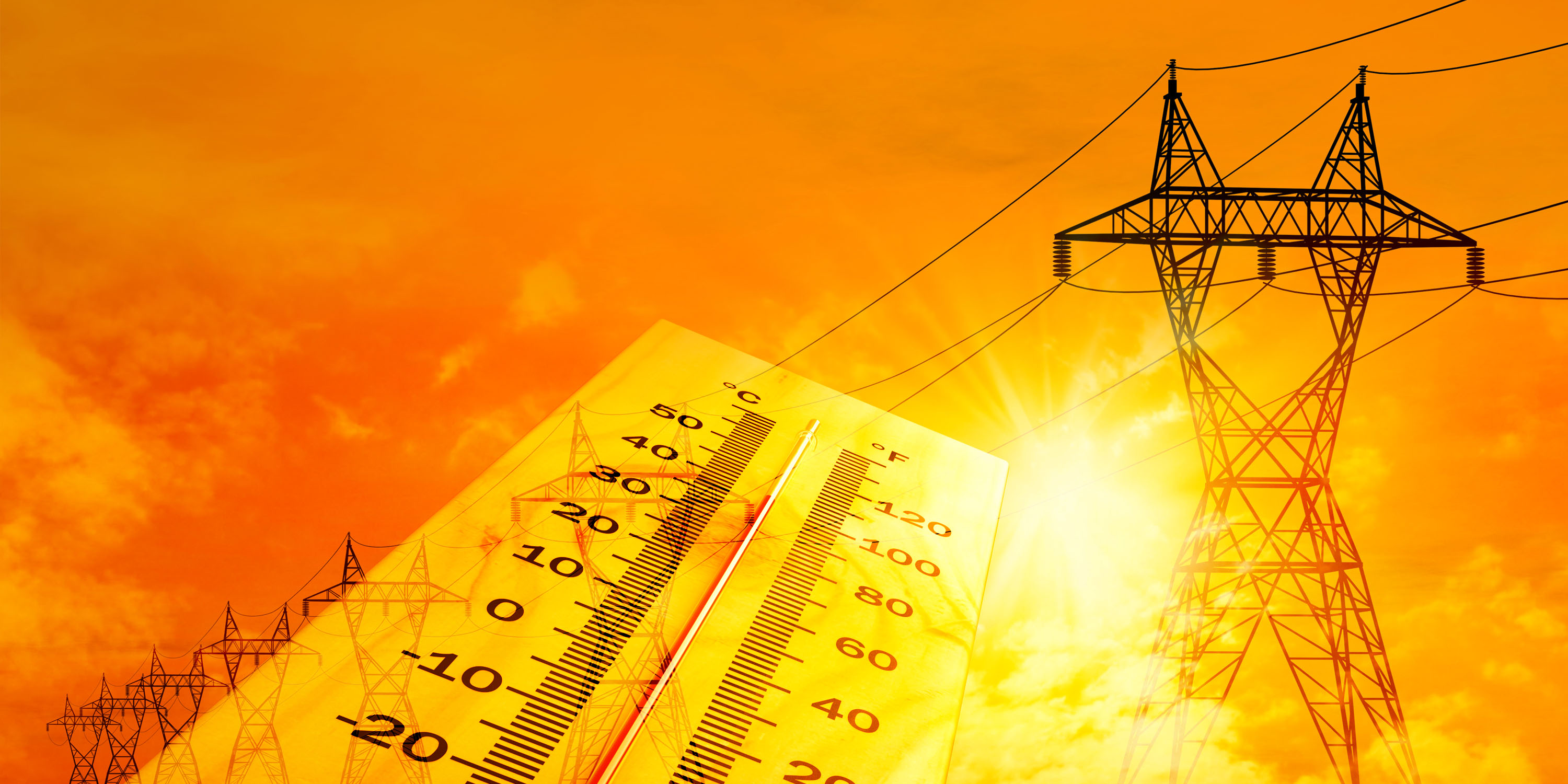Energy Procurement | May 21, 2021
The Benefits and What You Need to Know About Reverse Energy Auctions
Researching suppliers and rates can be very time-consuming. One of the biggest hassles is the amount of time spent writing multi-page RFPs and going back and forth negotiating the best rate with your preferred suppliers in hopes you don’t overspend and run your budget to the ground.
That’s where Mantis Innovation and Procure come in.
Typically, if you need to procure energy or track down the best rates for your company, you must go to the suppliers directly. With a reverse auction, we bring those same suppliers to you to compete for your business. After the short 5-minute auction, you’ll walk away with more time in your schedule, more money in your pocket, and the confidence knowing that you’ve made the best choice for your business.
How does a reverse auction work?
We first take a look at your organization’s historical energy usage, discuss your energy needs, then schedule your custom reverse auction on a day and time that’s convenient for you.
We will actively coordinate the auction and invite all of the energy suppliers in your area to participate, then on the day of your reverse auction, you will simply log in and a Mantis Innovation Energy Analyst will guide you through the entire process. We strive to make the process as straightforward as possible and are always on-hand to answer questions throughout the entire auction.
Once you’re logged in, and the auction is ready to go, you will see approximately 5-15 energy suppliers ready to compete for your business. Once the auction clock starts the suppliers will begin presenting offers and counteroffers driving your energy rate down.
Additionally, if any new low offer comes in after the 2-minute mark, the auction clock will automatically reset to 2 minutes, ensuring that all suppliers have adequate time to respond. This process will continue until no additional low offers are submitted, guaranteeing you receive the best rate possible. Never fear, though – reverse auctions typically last around ten minutes.
Once the reverse auction is complete, you’ll be able to review all offers, including term lengths and the rates from each supplier, and choose the one that best works for your company. Or, you can choose none of the suppliers offers if they do not suit your needs. The auction itself is entirely risk-free – there is no out-of-pocket cost to run an auction, and once it’s over, you are not obligated to transact.
Who is the reverse auction for?
The reverse auction is available to all commercial clients, including schools, government entities, and businesses located within deregulated areas of the United States.
With the reverse auction, you’ll gain access to more suppliers, save money and time by avoiding the back-and-forth negotiation, and you’ll skip out on writing lengthy RFPs. Instead, the suppliers will bid for your business…so you’re guaranteed to secure the best rate for your organization, every time.
Have more questions? We’re here to help!
Contact us today to learn more about reducing your energy costs with Procure by Mantis Innovation.
Related Posts
Discover more content and insights from Mantis Innovation

Navigating Energy Procurement: Strategies to Manage Risk
When procuring energy for your commercial business, it can be difficult to weigh the risks associated with buying strategies. How do you know your procurement strategy is the right one? How

PJM Capacity Auction Results: A Surge in Prices and Its Implications
PJM recently released the capacity auction results at the end of July for the period of June 2025 through May 2026, and the outcomes have been much higher than most anticipated. This surge in prices

The Fall of The Chevron Deference – What Does it All Mean?
The Chevron Deference is a legal principle derived from a 1984 Supreme Court case, Chevron U.S.A., Inc. v. Natural Resources Defense Council, Inc. It states that when a law is unclear or ambiguous,

Understanding Peak Demand Notifications and How They Can Benefit Your Business
In the world of energy management, peak demand periods represent a critical time when the electricity grid is under the most stress, typically during extreme weather conditions like heat waves or